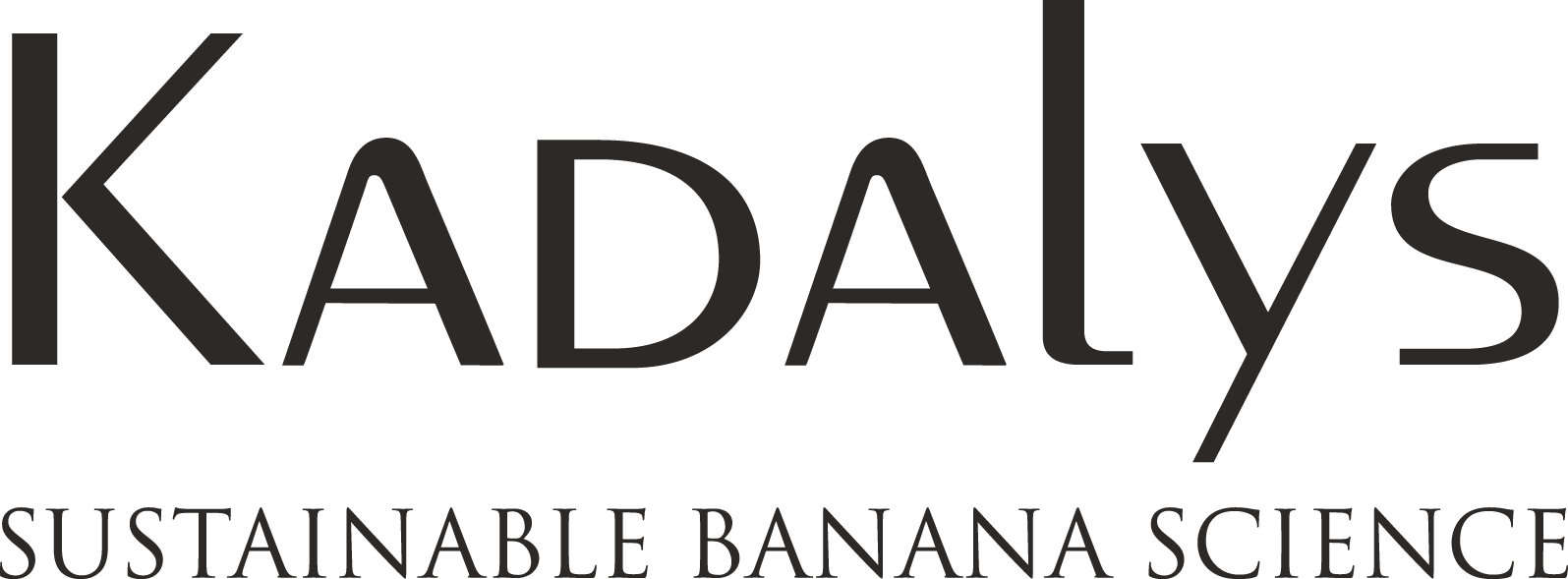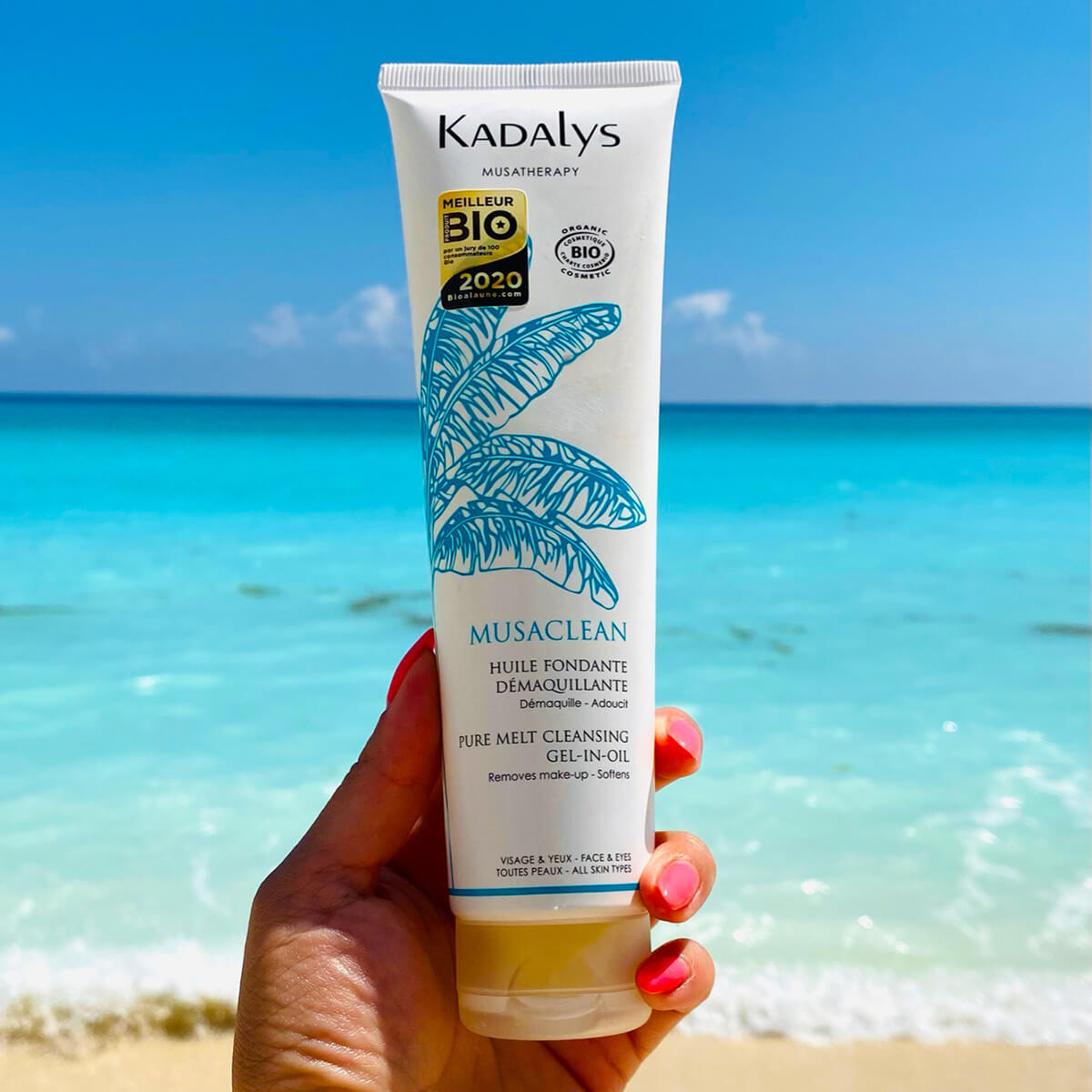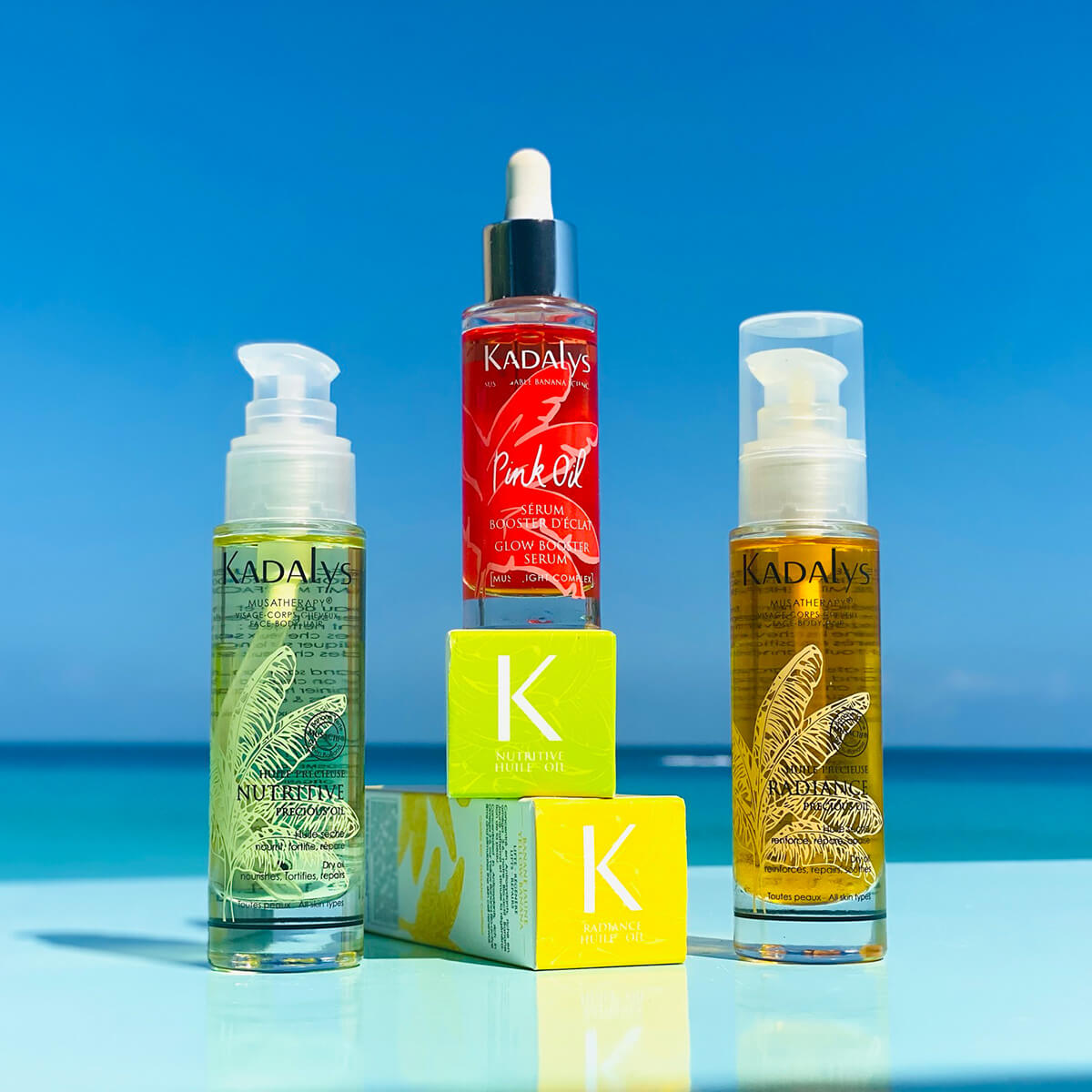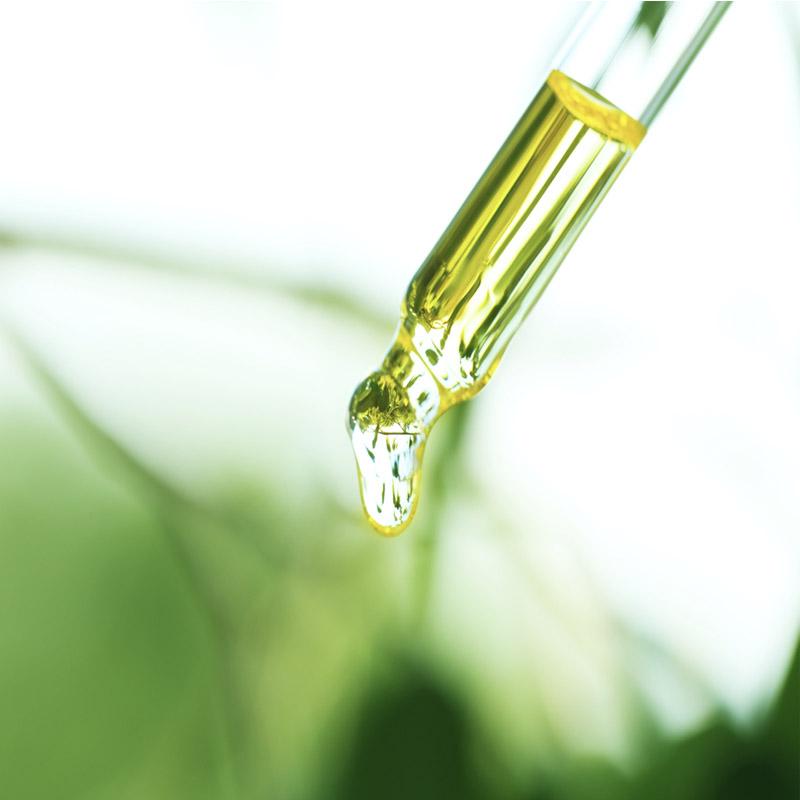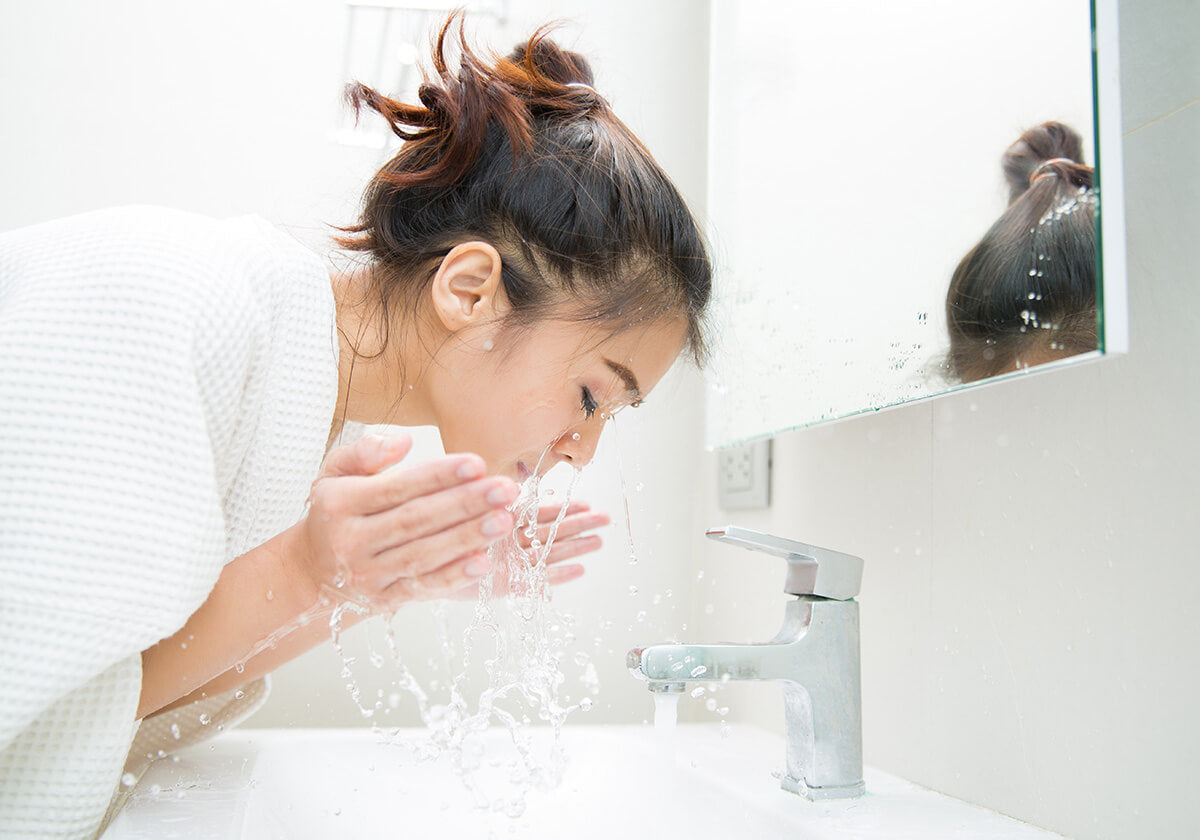
Cleanse With Confidence: Facial Cleansing 101
Most people think of facial cleansing as a mundane task, but it is one of the most critical steps in your skincare routine.
It's no secret. To have beautiful skin, you must take care of it. That starts with your skincare rituals.
Makeup removal, cleansing, moisturizing, sun protection, and more all play a role in a healthful beauty routine. And it starts with cleansing.
Today, we share the scoop on facial cleansing and provide tips on getting the most out of this vital step.
First, why is facial cleansing important?
Cleansing your face is important for many reasons. It is the foundation of a healthy skincare routine and allows your skincare products to work properly.
Your skin is in constant contact with the outside world (cold, sun, wind, pollution, makeup) and is subject to other internal stressors as well (dehydration, lack of sleep, stress, etc.). Each of these elements can have a negative effect on your skin.
Facial cleansing helps unclog pores, eliminate excess sebum, and dead skin.
Plus, when your skin is clean, it can absorb the rest of the products in your skincare routine more readily.
In short, facial cleansing also helps restore your radiance and keep your skin barrier happy. These are all good reasons to wash your face!
Is there a right way to cleanse my face?
The key to healthy skin is a healthy skin barrier, so you want to ensure your cleansing routine does no harm.
Improper facial cleaning can damage the moisture barrier, leaving your skin vulnerable to moisture loss and acne.
Here are five tips to help you cleanse without damaging your skin barrier:
- Use a gentle facial cleanser: Look for a product labeled "non-comedogenic." These products are less likely to clog your pores.
- Avoid hot water: Hot water can strip your skin of its natural oils, so stick to lukewarm water when washing your face.
- Use your fingertips in a circular motion: This will help to loosen any dirt and debris that is stuck to your skin.
- Be gentle with your skin: Scrubbing your face too hard can irritate your skin.
- Rinse thoroughly: Make sure you rinse all the cleanser off your face, as any residual cleanser can dry out your skin.
What is deep facial cleansing?
Contrary to what you might think, deep facial cleansing does not mean scrubbing or using an exfoliating glove.
In fact, to deep cleanse your skin, you should opt for double cleansing (makeup remover and face wash), but also take the time to do a steam bath and a gentle exfoliation once a week to open the pores of the skin, get rid of dead skin and excess sebum.
Let's explore how to clean your skin thoroughly, the importance of facial cleansing, and which face washes to choose to take care of.
What are different ways to cleanse my skin?
There are several ways to achieve clean skin: single cleansing, double cleansing, facial steam bath, masks, or gentle scrubs.
Here's the lowdown:
Single cleanse
Cleansing your face in the morning is important to get rid of any dirt or dead skin cells from the night before. This helps your skin regenerate and produce new cells, for a brighter and softer complexion.
Our favorite cleansing gel does this by revealing a brighter complexion and helping to keep your skin barrier healthy.
Double cleanse
If you follow beauty rituals around the world, then you've probably heard about the concept of double cleansing.
Commonly used in Asia, this facial cleansing method consists of two cleansing steps. This is why it is called "double cleansing."
Step 1: Oil-based cleanser
The first step is to use an oil-based cleanser to remove makeup and impurities from the skin.

To do this, take a few drops of facial cleansing oil in the palm of your hand and apply them to your dry face using circular movements.
A cleansing oil is a fatty substance that quickly removes all traces of makeup (including waterproof makeup), pollution, and sebum from the skin.
Washing your face with a cleansing oil may seem counterintuitive, but it can benefit your skin. The oil binds with dirt and oils on your skin and acts as a barrier to protect your skin from harmful bacteria.
Cleansing oils can also help to keep your skin soft and moisturized. Using a natural and organic cleansing oil helps minimize exposure to toxic or harsh ingredients.
Further, traditional facial cleansers can strip the skin of all bacteria, both good and bad. A cleansing oil will leave good bacteria and microbes on your skin. This can help keep your skin microbiome healthy and help prevent skin conditions like acne. Good cleansing habits are necessary for maintaining clear skin.
If you're looking to try a cleansing oil, our Pure Melt Cleanser is an excellent first step in a double cleansing ritual. In a clinically study, 100% of consumers agreed it removes make-up gently, without drying or stripping the skin.
Step 2: Water-based cleanser
The second step in a double cleansing routine is to apply a water-based facial cleanser to your skin.

Massage the face wash with your fingers to remove any excess oil from step 1. Rinse with lukewarm water and gently pat your skin dry.
Then, apply the rest of the products in your skin care routine, typically a toner, serum, and moisturizer.
Facial steaming
The facial hammam, also known as a steam bath, is another way to achieve a deep clean. It gently opens your pores and removes dust, sebum, and impurities.
It is suitable for all skin types, although it is slightly less suitable for sensitive skin. If you still want to try it with your sensitive skin, test it with water that has cooled and is not as hot.
Here's how to make a steam bath at home:
-
Boil 1-1.5 quarts of water and add four drops of essential oil chosen according to your skin type.
-
Place your clean face over the bowl for 5 to 10 minutes. Cover your head with a towel so that the steam does not escape.
-
Once the time is up, pat your face with a soft towel and apply your moisturizer!
Use a mask once a week
You can also opt for a face mask or peel to deeply cleanse your skin.
If you want to buy a face mask or peel, choose one that is natural, organic, and detoxifying. Choosing a natural mask minimizes the risk of using non-toxic ingredients. The goal is to clean the skin properly but gently!
Most of the time, if you choose an organic mask, you will be dealing with natural enzymes or exfoliating ingredients, such as jojoba beads.
You can also make a DIY mask at home using clay and water.
Massage with oil
Massaging your skin with an oily substance helps to eliminate the impurities accumulated during the day.
It is important to choose an oil suitable for your skin type, as some oils can clog pores and cause breakouts. Choose a skin-friendly oil such as Banana, Sunflower, Avocado, or Rosehip Oil.
To use this approach, massage your skin with the oil and then rinse with clear water.
How often should I wash my face?
You should cleanse your skin daily, between one and two times a day.
It can be tempting to go to bed without removing your make-up and washing your face, but you would be doing your skin a great disservice. No matter how tired you are, you should wash your face before going to bed each night.
In the morning, you can choose to either rinse your face or wash it depending on how your skin is feeling and your skin type.
In general, you should choose the frequency and products that correspond to your skin's health, your environment, your lifestyle, and your skin's general tendencies.
Facial cleansing for acne-prone skin or oily skin
If you have oily skin, wash your face every morning, evening, and after exercise.
Use a gentle gel cleanser with non-toxic and non-irritating ingredients. Harsh ingredients can irritate the skin and cause increased oil production.
Be careful not to scrub too hard when washing, as this can irritate the skin.
After cleaning, consider applying a clarifying toner to help keep skin clear and bright. Toners can be a great way to level up your routine.
Everyone's skin is different, so what works for one person might not work for another. Consult a board-certified dermatologist if you struggle with acne-prone skin or excess oil, blackheads, blemishes, or acne.
Facial cleansing for dry skin
If you have dry skin, wash your face with a gentle cleanser daily. A cleansing oil or cream cleanser would be a good choice for those with dry skin.
Apply enough face wash to remove dirt and impurities, but not so much that it creates a lot of lather. Rinse with cool or warm water - never hot. Hot water will create moisture loss. After rinsing, pat (don't rub) your skin gently with a soft, towel.
Generously apply your moisturizer right after drying your skin to help keep it hydrated. Choose a moisturizer with hyaluronic acid and antioxidants to ensure your dry skin maintains a healthy skin barrier.
Facial cleansing for reactive or sensitive skin
Cleansers with lots of bubbles might have made you feel extra clean when you were younger, but they're not always the best choice for your complexion—especially if you have sensitive skin.
A squeaky clean feeling after cleansing means your skin is too tight and your skin barrier has been robbed of its moisture. This can lead to dry skin, irritation, and discomfort.
Opt for a non-foaming cleanser with recognizable ingredients. A foaming face wash usually has sodium lauryl sulfate and other harsh chemicals, which can be too much for sensitive skin.
A cleansing oil or cream cleanser would be good for even sensitive skin. Another great option is a face wash with glycerin and healthy fats like banana or sunflower oils.
Facial cleansing for combination skin
If you have combination skin, start with a gentle, non-abrasive cleanser. You don't want to strip your skin of its natural oil, but you do want to get rid of any makeup or other impurities that may be clogging your pores. A gentle cleanser will do the trick without irritating your skin.
Use circular motions when applying the facial cleanser to your face to help loosen any impurities in your pores. Rinse the cleanser off with lukewarm water and pat your face dry with a soft towel.
For how long should I cleanse?
No matter your facial cleansing ritual, taking the proper amount of time to cleanse will ensure you're getting the job done right.

We recommend washing your face for 30 seconds. This allows for enough time to activate your cleanser's ingredients and effectively remove the buildup and impurities from your skin.
If you're working with a more gentle cleanser, feel free to take more time - up to 60 seconds.
By taking into account the strength of your cleanser, you can help to avoid uncomfortable irritation.
How should I choose the right cleanser?
Using the right cleanser is key to maintaining a healthy balance in your skin.
Harsh chemicals can strip away natural moisture, which can lead to overproduction of oil and further irritation.
To help your skin stay healthy, we made our cleansers without Sodium Lauryl Sulfate (SLS). SLS is an ingredient that can remove the skin's natural moisture barrier.
Instead look for ingredients like Lemon Water, Panama Wood, Glycerin, Avocado Oil, and Rosehip.
Kadalys cleansers are formulated with natural ingredients and surfactants that are gentle on the skin and just as effective. This approach helps to nourish the skin with nutrients and moisture, instead of stripping it away.
The Clean Conclusion
Cleansing your face is an important part of a skincare routine. It helps to remove dirt, oil, and makeup from the skin. Daily cleansing keeps your skin looking clear and radiant. When your skin is clean, it will absorb the rest of the products in your skincare routine more readily.
There are many different ways to cleanse your face, and the best method for you will depend on your skin type and current skin health.
